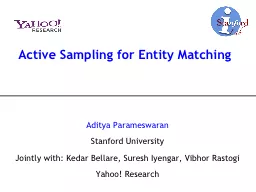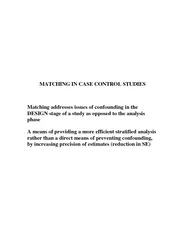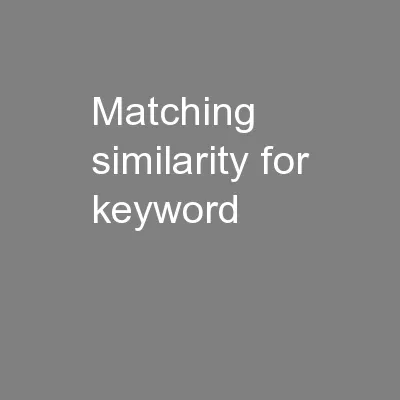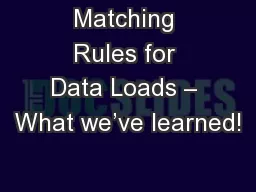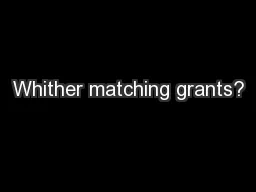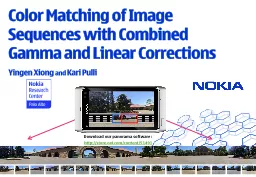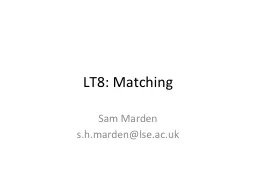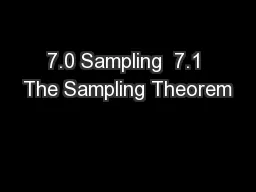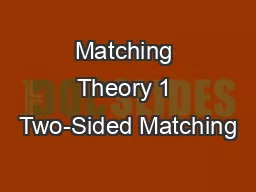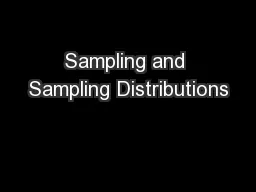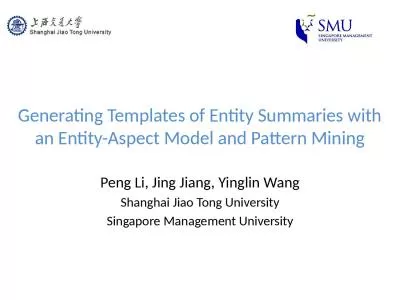PPT-Active Sampling for Entity Matching
Author : tatiana-dople | Published Date : 2017-10-28
Aditya Parameswaran Stanford University Jointly with Kedar Bellare Suresh Iyengar Vibhor Rastogi Yahoo Research Entity Matching Goal Find duplicate entities
Presentation Embed Code
Download Presentation
Download Presentation The PPT/PDF document "Active Sampling for Entity Matching" is the property of its rightful owner. Permission is granted to download and print the materials on this website for personal, non-commercial use only, and to display it on your personal computer provided you do not modify the materials and that you retain all copyright notices contained in the materials. By downloading content from our website, you accept the terms of this agreement.
Active Sampling for Entity Matching: Transcript
Download Rules Of Document
"Active Sampling for Entity Matching"The content belongs to its owner. You may download and print it for personal use, without modification, and keep all copyright notices. By downloading, you agree to these terms.
Related Documents

